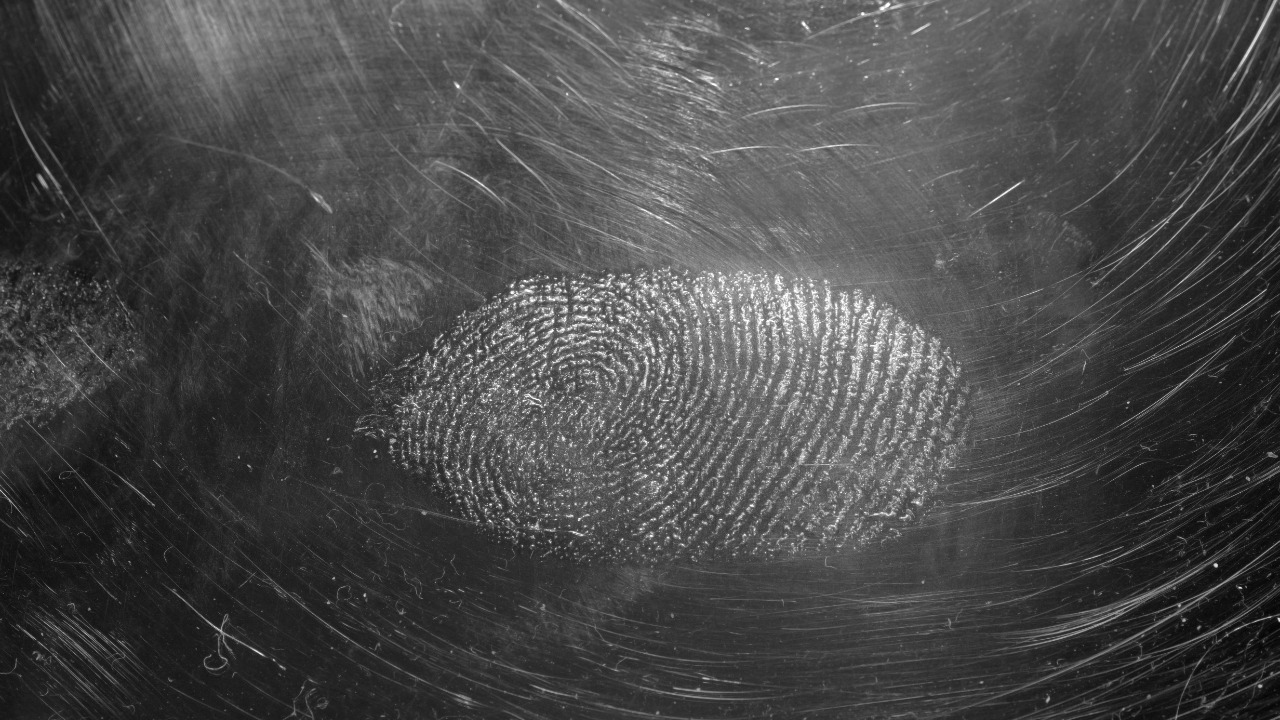
In a significant breakthrough, scientists at Maynooth University in Ireland have developed a new test that successfully recovers fingerprints from spent bullet casings. This achievement, often referred to as the “Holy Grail” of forensic science, was reported in late 2025 and addresses a long-standing challenge in the field of forensic ballistics.
The Long-Standing Challenge in Forensic Ballistics
Preserving fingerprints on bullets has traditionally been a formidable task due to the heat, friction, and firing processes involved. This challenge has been so persistent that it has earned the moniker of the “Holy Grail of Forensic Investigation“. Previous methods often failed to recover usable prints from fired bullets, severely limiting the evidence available for crime scene investigations.
This issue created a significant gap in forensic investigations. Despite the frequent presence of ammunition casings at crime scenes, their potential for identification was often rendered useless due to the inability to recover fingerprints from them. This limitation has been a significant hurdle in forensic science until the recent breakthrough at Maynooth University.
Development of the New Fingerprint Recovery Test
The team of experts at Maynooth University developed a novel technique that makes fingerprints visible on fired bullets post-discharge. This innovative approach addresses the long-standing challenge in forensic science, marking a significant advancement in the field. The research, which originated at Maynooth University in Ireland, was a collaborative effort that culminated in the announcement of this breakthrough in late September 2025.
The development of this new test is a monumental achievement in forensic science. It represents the successful attainment of what has been referred to as the “Holy Grail” of the field, signifying a major step forward in the quest for more effective crime scene investigation methods.
How the Technique Recovers Latent Prints
The core process of the test enables the recovery of fingerprints from spent bullet casings despite the damage caused by firing. The method used to reveal these prints on fired bullets is non-destructive, ensuring that the integrity of the evidence is preserved. This approach specifically targets ammunition casings, making it a highly specialized and effective technique for forensic investigations.
The chemical or imaging method used in the test is a crucial component of the process. It plays a significant role in making the fingerprints visible on the fired bullets, thereby contributing to the overall success of the technique.
Testing and Validation of the Breakthrough
Initial lab tests conducted by the Maynooth experts successfully visualized fingerprints on fired bullets. These results were further validated in real-world simulations, demonstrating the viability of the technique for the first time in recovering fingerprints from spent bullet casings. The new test was also validated against standard forensic protocols, further establishing its credibility and potential for practical application.
The successful testing and validation of this breakthrough technique represent a significant milestone in forensic science. It not only confirms the effectiveness of the new test but also underscores its potential for practical adoption in crime scene investigations.
Implications for Criminal Investigations
This “Holy Grail” achievement has the potential to significantly enhance evidence collection from fired bullets at crime scenes. It could enable investigators to directly link suspects to crimes via fingerprints recovered from ammunition casings, thereby closing a previously existing investigative gap.
The broader implications of this breakthrough could include faster resolution of cases, as the ability to recover fingerprints from fired bullets could expedite the identification of suspects. This development could revolutionize the field of forensic science and significantly improve the effectiveness of criminal investigations.
Expert Perspectives on the Innovation
Experts at Maynooth University have expressed their views on the significance of recovering fingerprints from spent bullet casings. The scientific community has also recognized this achievement as the “Holy Grail” of forensic science, further underscoring its importance.
Endorsements of the new test for practical adoption have come from various quarters, both within Ireland and beyond. These endorsements reflect the widespread recognition of the potential impact of this breakthrough on the field of forensic science.
Future Directions and Challenges
Plans are underway for the wider implementation of this technique on fired bullets in global forensics. However, potential hurdles exist in scaling the recovery process for varied ammunition types. These challenges will need to be addressed to ensure the successful application of the technique across different scenarios.
Ongoing research by the Maynooth experts aims to refine the new test and address these challenges. Their continued efforts will be crucial in advancing this groundbreaking technique and realizing its full potential in the field of forensic science.
More from MorningOverview